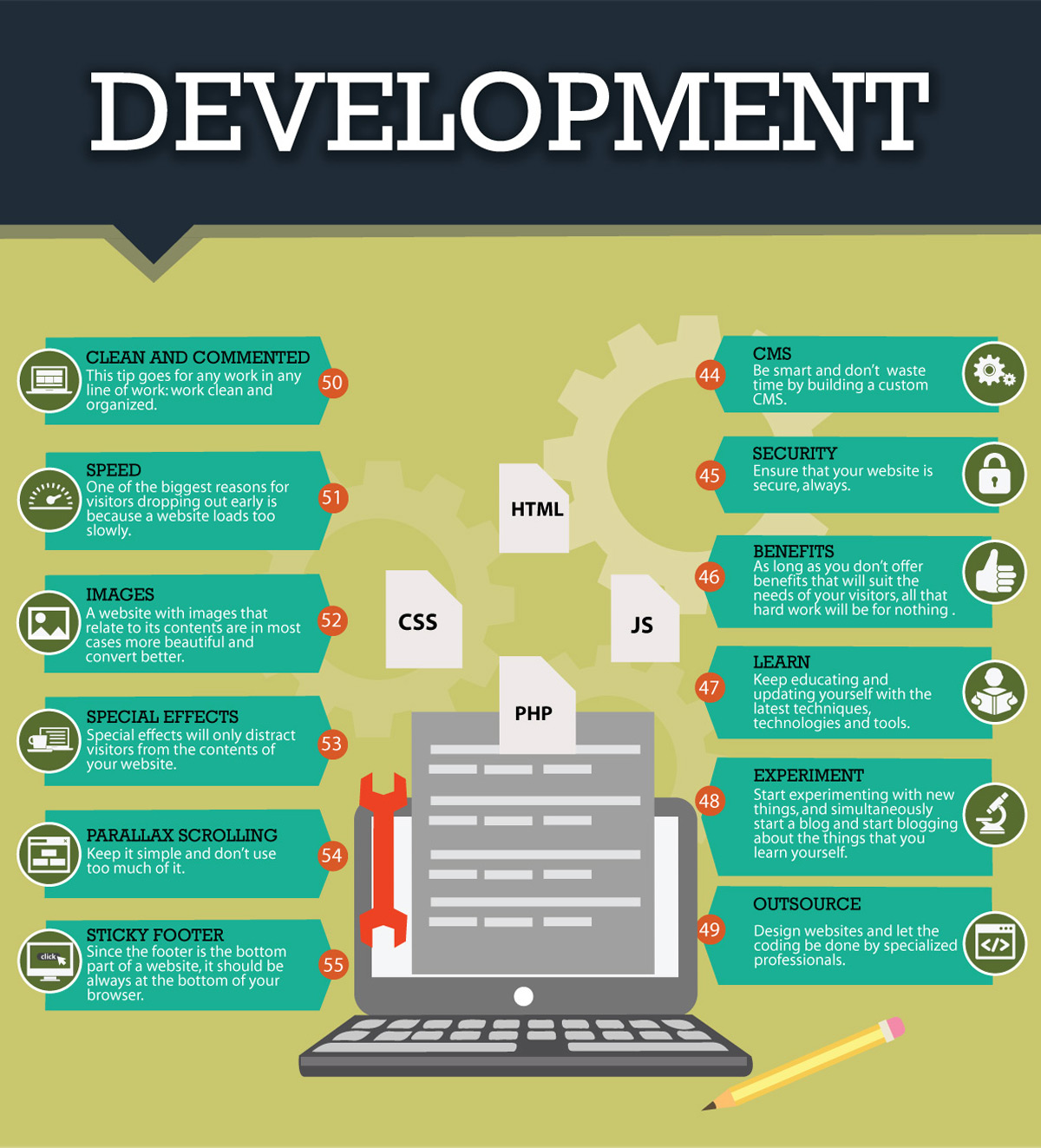In the past, web sites were easy and focused on details. Navigation was straight, and layout was for desktops. Now, user experience is vital. Data guides styles for very easy navigation. Responsive layouts fit various devices. Today, dark mode reduces strain, and minimalist food selections boost navigation. Interactive features engage individuals, and vibrant visuals stick out. AI assimilation increases interaction. See exactly how layout has actually advanced to boost your online journey.
Very Early Days of Website Design
In the very early days of website design, simpleness preponderated. Internet sites were standard, with minimal colors, font styles, and designs. The emphasis was on supplying info rather than flashy visuals. Individuals accessed the net with slow-moving dial-up connections, so speed and performance were essential.
Navigating menus were straightforward, generally situated at the top or side of the web page. Web sites were made for home computer, as mobile browsing wasn't yet prevalent. Web content was king, and developers prioritized very easy readability over complex design aspects.
HTML was the primary coding language made use of, and designers had to work within its restrictions. Animations and interactive attributes were very little compared to today's standards. Internet sites were static, with little dynamic web content or individualized individual experiences.
Surge of User-Focused Layout
With the advancement of site style, a shift in the direction of user-focused style concepts has become increasingly prominent. Today, creating internet sites that focus on customer experience is vital for engaging site visitors and achieving business goals. User-focused style includes understanding the requirements, choices, and actions of your target audience to tailor the site's format, material, and includes as necessary.
Developers now perform comprehensive study, such as individual studies and usability testing, to gather understandings and feedback directly from customers. This data-driven strategy assists in creating instinctive navigating, clear calls-to-action, and aesthetically attractive user interfaces that resonate with site visitors. By positioning the customer at the center of the style procedure, sites can supply a much more customized and satisfying experience.
Receptive design has actually also emerged as a crucial facet of user-focused style, making sure that web sites are enhanced for numerous gadgets and display dimensions. This flexibility improves ease of access and use, catering to the diverse ways customers engage with sites today. In essence, the increase of user-focused design represents a shift towards producing digital experiences that focus on the needs and assumptions of completion user.
Modern Trends in Website Design
Explore the most up to date patterns shaping website design today. One noticeable trend is dark mode style, supplying a sleek and modern-day appearance while decreasing eye strain in low-light atmospheres. An additional key trend is minimalist navigating, simplifying food selections and improving customer experience by concentrating on essential elements. Including micro-interactions, such as animated switches or scrolling results, can develop a much more engaging and interactive internet site. Receptive design stays critical, making sure seamless individual experiences throughout numerous devices. Furthermore, making use of bold typography and asymmetrical designs can include visual passion and accentuate certain content.
Incorporating AI technology, like chatbots for client support or tailored suggestions, improves user involvement and improves processes. Access has likewise come to be a substantial pattern, with developers prioritizing comprehensive layout practices to cater to diverse user needs. Welcoming sustainability by optimizing website performance for speed and performance is another emerging trend in website design. Working together with user feedback and information analytics to repeat and improve layout constantly is crucial for staying relevant in the ever-evolving digital landscape. By welcoming these contemporary fads, you can develop a visually appealing, user-friendly site that reverberates with your audience.
Verdict
As you reflect on the development of website design from the early days to currently, you can see how user-focused style has actually ended up being the driving force behind modern fads.
Accept the journey of modification and adjustment in website design, constantly keeping the individual experience at the forefront.
Tippingpointdigital
Remain existing with the most recent patterns and innovations, and never stop progressing your approach to produce aesthetically stunning and straightforward websites.
Progress, adapt, and produce - the future of website design remains in your hands.

 Heath Ledger Then & Now!
Heath Ledger Then & Now! Jurnee Smollett Then & Now!
Jurnee Smollett Then & Now! Freddie Prinze Jr. Then & Now!
Freddie Prinze Jr. Then & Now! Batista Then & Now!
Batista Then & Now! Dolly Parton Then & Now!
Dolly Parton Then & Now!